There are many to choose from regarding the best foods for gut health. However, before we get into gut-healing
let’s learn a little about what a fantastic organ the stomach is. A few drops of hydrochloric acid can destroy any tissue in the human body, causing intense pain and killing the cells it contacts. However, the gastric mucosa’s stomach lining can resist this acid’s effects without ill impact throughout one’s life.
Related reading:
- Browse more Foods articles: https://naturalhealthmessage.com/nutrition/foods/
- Digestive Health guides: https://naturalhealthmessage.com/conditions/digestive-health/
- Supplements & reviews: https://naturalhealthmessage.com/supplements/
Hydrochloric acid is one of the components of the juice produced by the stomach. Its corrosive effect becomes apparent when one vomits on a marble floor: gastric juice can dissolve marble, leaving an indelible mark on the stone. Hydrochloric acid, together with pepsin, is necessary for initiating the process of digesting foods, particularly proteins. How does the stomach protect itself from the corrosive action of the acid it produces?
Until recently, the stomach’s defense mechanism has been a scientific enigma. Gastritis and gastroduodenal ulcers are two of the most common consequences of damage to the gut’s mucus barrier. The best foods for gut health in this article will give you an idea of how to improve stomach health naturally and promote the health of the protective mucus barrier.
Best Foods for Gut Health
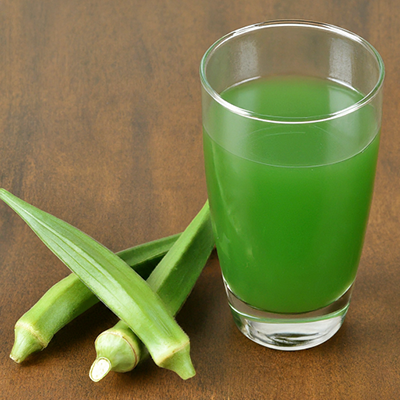
A few spoonfuls of CABBAGE juice taken on an empty stomach five or ten minutes before meals are sufficient to relieve stomach inflammation after a few days of treatment. The typical symptoms of functional dyspepsia, heaviness, belching, and stomach pain disappear. Cabbage is genuinely one of the best foods for gut health.
When OKRA is used for its medicinal properties, including the juice released when cooked is best. It is particularly recommended in the following cases:
- Stomach ulcers, gastritis, and stomach disorders in general
- All types of colitis, including ulcerative colitis.
PEPPERS are beneficial for those suffering from dyspepsia due to scanty digestive juices or digestive atonia because they work as an aperitif, stimulating the flow of gastric juice and reducing inflammation.
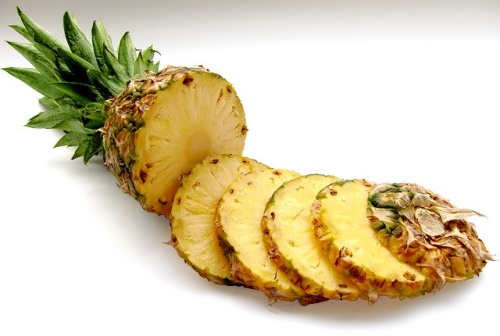
The PINEAPPLE is a succulent, delicious fruit rich in specific vitamins and minerals. Many consider it one of the best foods for gut health because it helps digest other foods. Eating pineapple before a meal is also beneficial, particularly when the stomach is weakened. Its consumption is specifically indicated for the following conditions:
- Hypochlorhydria (scanty gastric juice) is manifested by slow digestion and a sense of heaviness in the stomach.
- Gastric
ptosis (prolapsed stomach) is caused by the gut’s inability to empty itself (gastric atonia). Pineapple must be on all lists of the best foods for gut health.
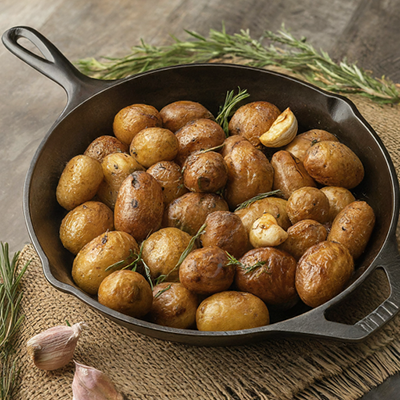
Another of the best foods for gut health is POTATO (not fried) because of the sense of well-being one experiences after eating it. This beneficial effect is due to at least three factors:
- Antacid effect: Potatoes are a relatively alkaline food that neutralizes excess acid. This alkalizing action is produced locally in the gut, as well as in the blood and urine.
- Physical consistency: The potato’s soft texture reduces the need for digestive effort in the stomach and provides relative rest.
- Content of sedating substances: Various investigations have found that potatoes contain small amounts of benzodiazepines, sedative substances widely used in pharmaceuticals. One of the substances found in potatoes is diazepam, the same active element used in the well-known medication Valium. Natural sedatives may also act locally in the stomach, relaxing this organ.
For all these reasons, potatoes, mainly prepared as puree, are particularly beneficial in gastric hyperacidity, gastritis, stomach ulcer, gastric ptosis, gastric neurosis, and any digestive or stomach conditions.
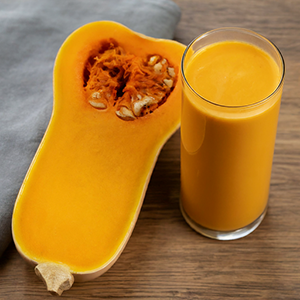
SQUASH pulp is capable of neutralizing excess stomach acid because of its rich content of alkalizing mineral salts. It also has an emollient and protective effect on the stomach mucosa. Its consumption, mostly pureed with milk or soy beverage, is particularly indicated in excess stomach acid, dyspepsia, pyrosis, and gastroduodenal ulcers. In this case, a healthy gut diet plan consisting of a puree of squash and potatoes with milk is very effective during the acute phase of the ulcer. This, of course, makes squash one of the best foods for gut health.
PAPAYA is recommended as one of the best foods for gut health for difficult digestion, gastric ptosis, and gastritis, and digestion is affected by inflammation of the gastric mucosa at any time. Papaya helps neutralize excess gastric acid. Consequently, it benefits gastroduodenal ulcers, hiatal hernia, and heartburn cases. Papaya is another one that needs to be on everyone’s list of the best foods for gut health.
POMEGRANATE reduces inflammation in an irritated stomach, because of its astringent action, it reduces the production of juices.
CHERIMOYA’S creamy, smooth pulp, together with its antacid effect, is beneficial to the stomach. It is highly recommended in cases of gastritis and gastroduodenal ulcers.
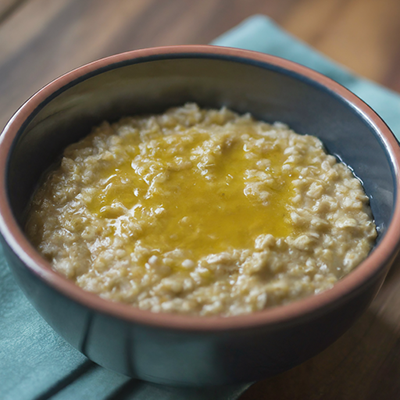
OATS is highly recommended among the best foods for gut health. Oatmeal has an emollient effect thanks to its mucilage content and ease of digestion. Cooked with milk or vegetable broth, they are highly recommended for gastritis, gastroduodenal ulcers, or intestinal disorders such as diverticulosis or colitis caused by microorganisms, toxins, medications, or specific food intolerances. In any of these cases, oats may be the main or even the only dish for three to five days while the acute phase passes and the cells of the digestive mucosa are restored.
DISCLAIMER: All content on this website is presented solely for educational and informational objectives. Do not rely on the information provided as a replacement for advice, diagnosis, or treatment from a qualified medical expert. If you are pregnant, nursing, or have any preexisting medical concerns, talk to your doctor before using any herbal or natural medicines.
REFERENCES
- George D. Pamplona-Roger, M.D. “Encyclopedia of Foods and Their Healing Power.” George D. Pamplona-Roger, M.D. Encyclopedia of Foods and Their Healing Power. Trans. Annette Melgosa. Vol. 2. Chai Wan: Editorial Safeliz, 2005. 182, 199, 200, 190, 204, 205, 100, 158, 237, 43.
- Food Frontiers: https://www.frontiersin.org/articles/10.3389/fmicb.2020.01846/full
- Nutrients: https://www.ncbi.nlm.nih.gov/pmc/articles/PMC6566984/
- Monash University FODMAP Diet: https://www.monashfodmap.com
- National Institutes of Health: https://www.nccih.nih.gov/health/probiotics-what-you-need-to-know
